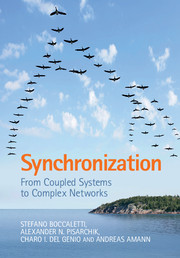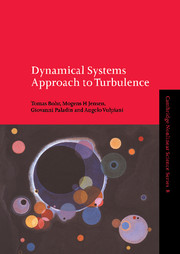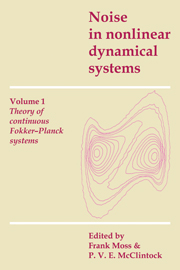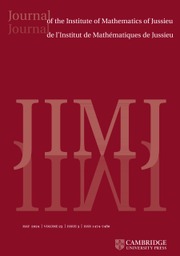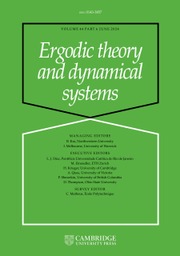Synchronization
A modern introduction to synchronization phenomena, this text presents recent discoveries and the current state of research in the field, from low-dimensional systems to complex networks. The book describes some of the main mechanisms of collective behaviour in dynamical systems, including simple coupled systems, chaotic systems, and systems of infinite-dimension. After introducing the reader to the basic concepts of nonlinear dynamics, the book explores the main synchronized states of coupled systems and describes the influence of noise and the occurrence of synchronous motion in multistable and spatially-extended systems. Finally, the authors discuss the underlying principles of collective dynamics on complex networks, providing an understanding of how networked systems are able to function as a whole in order to process information, perform coordinated tasks, and respond collectively to external perturbations. The demonstrations, numerous illustrations and application examples will help advanced graduate students and researchers gain an organic and complete understanding of the subject.
- Covers new types of synchronization allowing readers to understand collective behaviour in a new light
- Includes important applications to laser, neural and social systems ensuring that the information is topical, engaging and relevant for today's readers
- The fascinating effect of synchronization manifests itself in many everyday phenomena, for example in the beating of the heart, the functioning of the brain or in communication networks, and this book provides an accessible guide to this phenomena
Product details
March 2018Hardback
9781107056268
264 pages
253 × 178 × 17 mm
0.69kg
102 b/w illus.
Available
Table of Contents
- Preface
- 1. Introduction and main concepts
- 2. Low-dimensional systems
- 3. Multistable systems, coupled neurons and applications
- 4. High-dimensional systems
- 5. Complex networks
- References
- Index.

